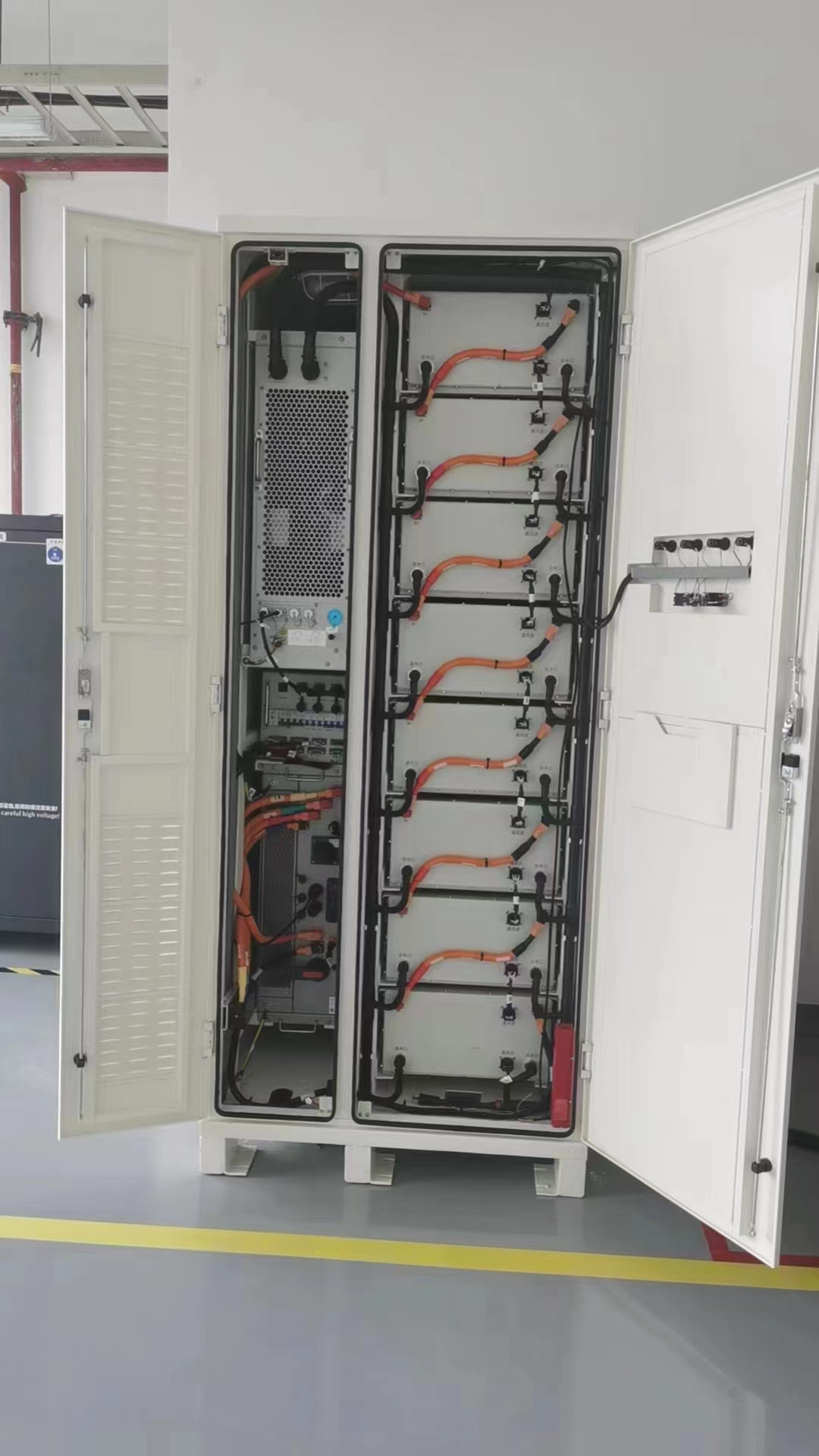Set up 245KW solar energy power station

Designing a 245 kW solar energy storage system using Lithium Iron Phosphate (LiFePO4) batteries involves integrating the solar generation system with an energy storage solution. Here’s an in-depth look at how to set up such a system:
1. System Components
Solar PV System
Solar Panels: Select high-efficiency solar panels. For a 245 kW system, you might use around 612 solar panels rated at 400 W each.
Inverters: These convert DC power generated by the panels to AC power. You may need multiple inverters to handle the total output.
Battery Storage System
LiFePO4 Batteries: These batteries are known for their safety, long cycle life, and efficiency. The storage capacity needed depends on the intended use (e.g., load shifting, backup power).
Battery Management System (BMS): Essential for monitoring and maintaining battery health, ensuring safety, and optimizing performance.
Inverter/Charger: Manages the charging of batteries and inverts stored DC power back to AC when needed.
2. System Design
Sizing the Storage
Energy Requirements: Determine the amount of energy you need to store. For instance, if you need 245 kW of power for 4 hours, you will need 980 kWh of storage.
Battery Capacity: Calculate the total battery capacity. LiFePO4 batteries typically have a usable depth of discharge (DoD) of 80-90%. If each battery has a capacity of 5 kWh, you’d need around 200 batteries (with a margin for safety and performance).
Electrical Configuration
Series and Parallel Configuration: Design the battery bank in a series-parallel configuration to match the system voltage and capacity requirements.
Inverter Matching: Ensure the inverter/charger system is compatible with both the solar array and the battery bank.
3. Installation Considerations
Mechanical Installation
Mounting: Secure mounting for solar panels, whether roof-mounted or ground-mounted.
Battery Enclosure: Safe and ventilated enclosure for the battery system to ensure longevity and safety.
Electrical Installation
Wiring: Properly rated cables and wiring to connect solar panels, inverters, and battery systems.
Safety Devices: Include disconnects, fuses, circuit breakers, and surge protection.
4. Permitting and Compliance
Local Regulations: Adhere to local building and electrical codes.
Permits: Obtain necessary permits for installation and grid connection.
Utility Coordination: Work with local utilities for grid-tied systems, including net metering agreements if applicable.
5. Operation and Maintenance
Monitoring System
Performance Monitoring: Use monitoring systems to track the performance of both the solar and storage systems.
Regular Maintenance: Routine checks and maintenance of solar panels, batteries, and inverters to ensure optimal performance.
6. Cost Considerations
Solar Panels and Inverters: Initial investment for a 245 kW system.
Batteries: LiFePO4 batteries are more expensive upfront but offer long-term savings due to their longevity and efficiency.
Installation: Labor and additional materials.
Maintenance: Ongoing costs for monitoring and maintenance.
Example Configuration
Solar PV System
Panels: 612 panels at 400 W each.
Inverters: Multiple string inverters or central inverters totaling 245 kW.
Battery Storage
Battery Modules: 200 LiFePO4 battery modules with 5 kWh each, totaling around 1000 kWh capacity.
Inverter/Charger: Suitable to handle the combined load and charge requirements.
Summary
Setting up a 245 kW solar energy storage system with LiFePO4 batteries involves careful planning and integration of both solar generation and battery storage components. Proper sizing, installation, and maintenance are crucial for ensuring system efficiency and longevity. The investment in LiFePO4 batteries, while higher initially, can offer significant long-term benefits due to their durability and efficiency.

